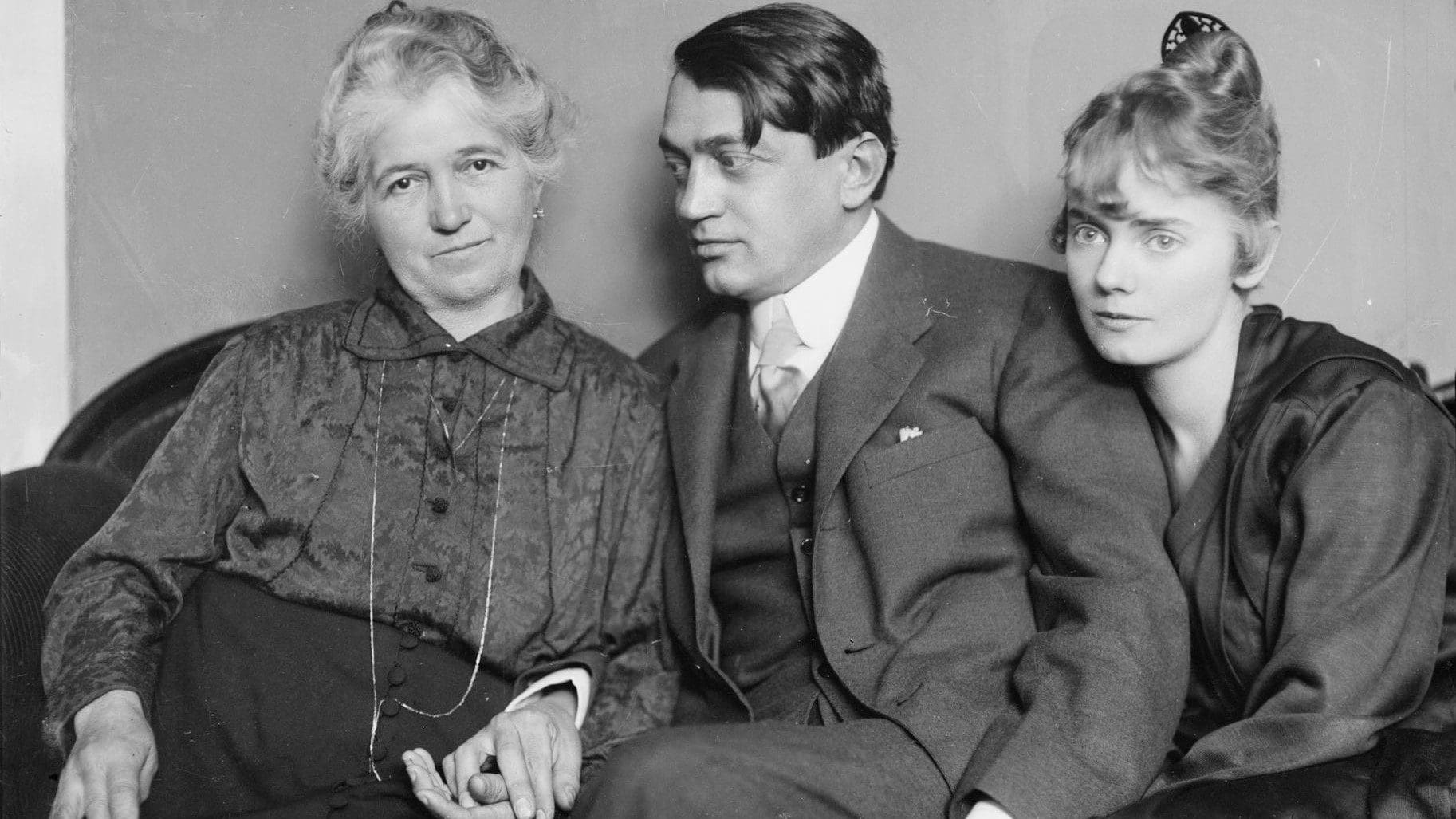Aladár Székely, who referred to himself as an ‘artistic photographer,’ assumed his rightful place in the elite of early European photographers already in his lifetime. Born in 1870 in Gyula, Békés County, he rose to fame in Austria-Hungary, and his unparalleled career represents one of the great success stories of the era. Today marks the 83th anniversary of his death.
Originally, Székely’s family name was Bleyer, and his ancestors came from the vicinity of Rácalmás and Dunaföldvár to settle in the Great Hungarian Plain. His grandfather made a living as a butcher, while his father learned the carpentry trade. The Bleyer (also spelled as Bleier) family belonged to the assimilating Jewish families of the era.
His grandfather served in the National Guard in the 1848 Revolution, and his father, Adolf Bleyer, joined the Hungarian Legion organized by the Kossuth emigration during his wanderings in Italy,
where even fought as a soldier in the Italian army.
Upon Adolf’s return to Gyula, he left carpentry behind and became a grain merchant. Among his four sons, three excelled academically and became lawyers, with Aladár being the exception, who even had to repeat a grade. His father directed him toward a trade, and the physically slight and frail boy tried his hand at house painting. It was at this point that luck first favoured him. His mentor, József Szilágyi, a room and coat of arms painter, was knowledgeable in photography and taught his exceptionally talented apprentice the basics of this then-rare science. From that moment on, a direct path was laid out for him. After acquiring the basic skills, he worked at a renowned studio in Kolozsvár (today, Cluj Napoca, Romania), and later expanded his knowledge in Pest. In 1893, he returned to Gyula and rented a studio opposite the Komló Hotel. In 1897, he moved his headquarters to Orosháza, and this was followed by a major leap when he opened his first shop in Pest in 1899.
He arrived in the capital at the right time, as
having one’s photograph taken became fashionable in the early 20th century.
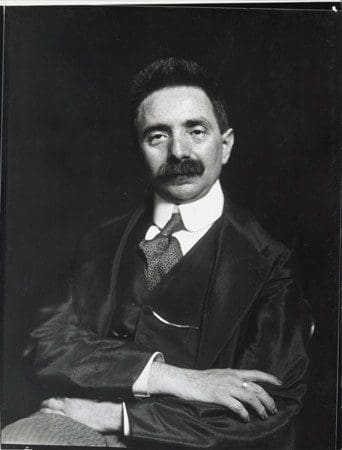
Székely, who continuously improved himself through Western European study trips, achieved significant business success, soon opening two more studios. During the first decade of the century, photography transformed from a craft into an art form, and Aladár Székely played a key role in this transformation in Hungary. His close relationships with writers and artists contributed significantly to his fame. Thanks to his professional expertise and empathy, his pictures of artists taken at his studio in Váci Street captured the essence of their personalities.
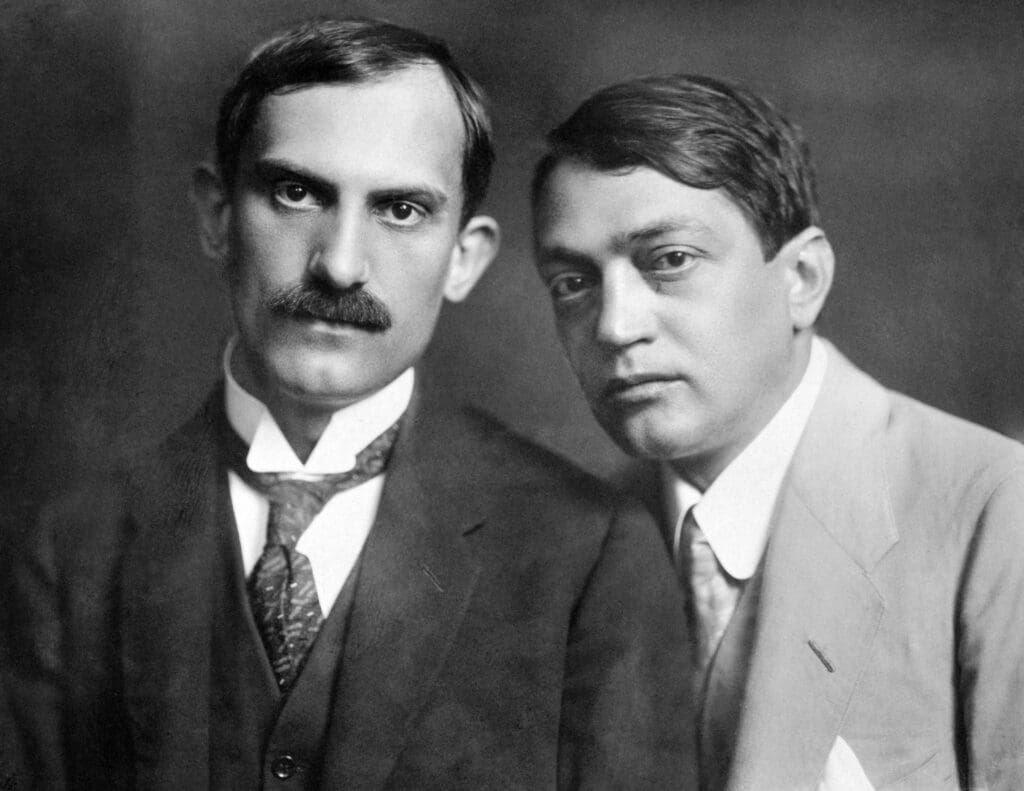
His most notable ‘client’ was Endre Ady, who first had himself photographed with his lover, Léda (Adél Brüll) by Székely in 1907. Each of them requested a photograph, and it was the photographer’s duty to break the glass negative right in front of their eyes. Ady, who enjoyed sending photographs of himself to his friends and admirers, became close friends with Aladár Székely, and approximately forty images of him were created at the Váci Street studio. He had photographs taken with Csinszka (Berta Boncza, his wife), his mother, and one of the most acclaimed Hungarian authors and poets of all time, Mihály Babits. Perhaps the most famous ‘elbow-resting’ portrait of Ady was born in 1908.
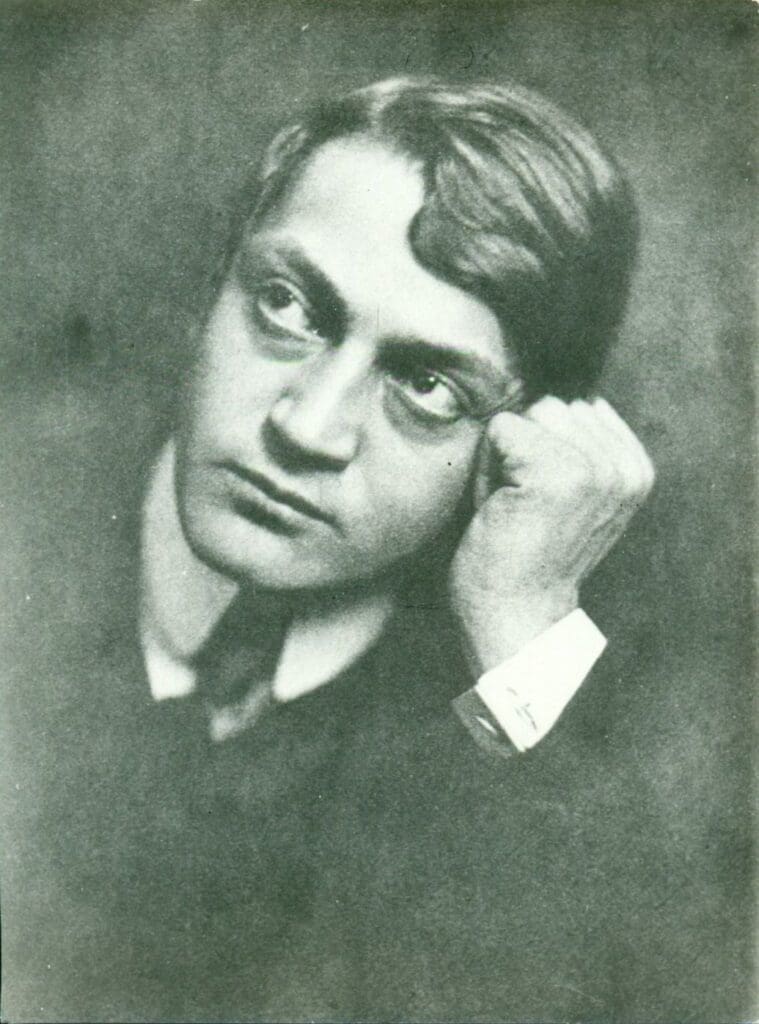
From roughly this point on, for three decades, Aladár Székely became the favoured photographer of the art world and the ‘upper crust,’ and his career was marked by domestic and European exhibition successes.
The modern era of Hungarian cultural life celebrated Székely’s art with great enthusiasm. In his spirit, he was close to the civil liberal intelligentsia, being a friend and connoisseur of the art of his time. He was not only a chronicler of but also a worthy member of this ambitious and creative generation. ‘The admirer and friend of poets,’ as Zsigmond Móricz wrote about him, ‘he accompanied them along a long path to capture the fighters of the soul through their physicality as the artist of the lens. He photographs the soul, which makes his work exceptional and noteworthy.’
In his studio, the most progressive representatives of Hungarian intellectual life passed through: writers and poets including Ferenc Molnár, author of The Paul Street Boys, and the artists of the great generation of the Nyugat literary journal, such as Endre Ady, Mihály Babits, Zsigmond Móricz, Margit Kaffka, Pál Ignotus, Lajos Hatvany.
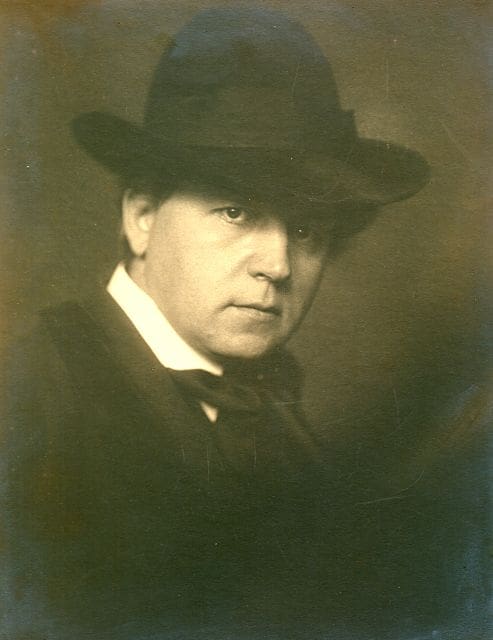
He also photographed painters like the Nyolcak (The Eight), including Károly Kernstock, as well as József Rippl-Rónai, Adolf Fényes, Pál Szinyei-Merse, as well as the young composers Béla Bartók, Zoltán Kodály and Jenő Hubay. The actors of the National Theatre, scientists, the affluent society, and members of the upper class also visited him gladly, turning his studio into a formative centre for artistic discussions.
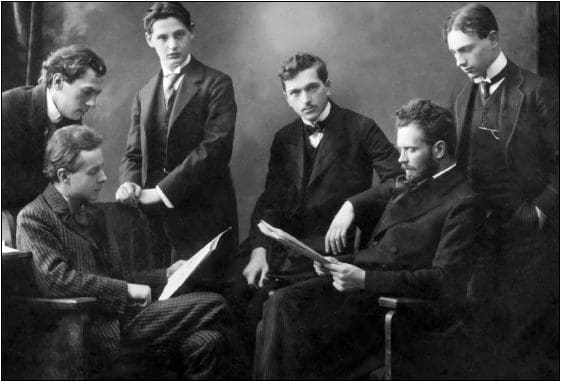
Székely aimed to fulfil a mission by compiling his portraits of great personalities of his time into albums. His ambition was not to commemorate the political elite, the aristocracy, or the world of finance, but rather the contemporary intellectual giants of Hungarian society, the progressive Hungarian intelligentsia, and the luminaries of culture. Thanks to his professional expertise and empathy, his photographs captured the essence of the personalities of his subjects. At Christmas 1915, he self-published the album Írók és művészek (Writers and Artists), which featured 38 creators, writers, poets, journalists, editors, painters, sculptors, composers, actors, philosophers, scholars, with their photographs arranged alphabetically. Székely originally planned the work to be of two volumes, but only the first volume came out, with the portraits of the older, established generation of artists.
He passed away in 1940. During the war, his studio was hit by a bomb, destroying many negatives, but although a lot of his art has been destroyed physically, most Hungarian still see the luminaries of early 20th century Hungarian intellectual life through his eyes.
Read more:

